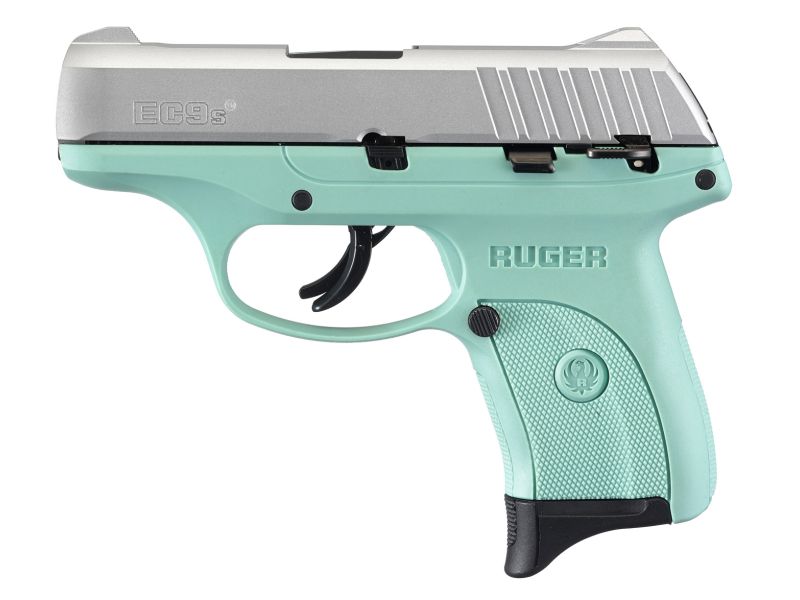Advanced pistol training techniques are pivotal for law enforcement and military professionals, who must often make split-second decisions in life-threatening situations. Mastery over their firearm not only enhances their safety but also the safety of the public they serve. Here we delve into the nuances of advanced pistol training, emphasizing accuracy, speed, situational awareness, and decision-making under stress. Through a comprehensive understanding and practice of these techniques, professionals can significantly improve their operational effectiveness.
Foundational Skills Reinforcement
Before diving into advanced techniques, it’s crucial to reinforce foundational skills. Mastery in grip, stance, sight alignment, and trigger control forms the bedrock of effective pistol shooting with firearms like the Ruger EC9s. Regular practice of these fundamentals ensures that they become second nature, allowing the shooter to focus on more complex aspects of their environment during an operation.
Dynamic Shooting Drills
Dynamic shooting drills that mimic real-life scenarios are essential for bridging the gap between basic marksmanship and operational readiness. These drills involve moving targets, multiple target engagements, shooting on the move, and utilizing cover effectively. Incorporating unpredictability and stress into training helps prepare professionals for the chaotic nature of real-life encounters.
- Moving Targets: Engaging moving targets improves tracking skills and timing, teaching shooters to anticipate the target’s path and adjust their aim accordingly.
- Multiple Target Engagement: This drill develops the ability to quickly identify and prioritize threats, enhancing situational awareness and decision-making speed.
- Shooting on the Move: This technique is crucial for maintaining offensive or defensive maneuvers while still delivering accurate shots.
- Use of Cover: Properly utilizing cover and understanding angles of exposure are vital for minimizing vulnerability in a firefight.
Stress Induced Training
Stress-induced training, such as force-on-force exercises using non-lethal training ammunition, introduces the physiological and psychological effects of stress, including increased heart rate, adrenaline rush, and decision-making under pressure. This type of training helps in acclimatizing to the stress of an actual engagement, teaching how to maintain composure, think clearly, and act decisively despite the chaos.
Mental Conditioning
Mental conditioning is as crucial as physical training. Visualization techniques, scenario planning, and mental rehearsals of different outcomes prepare the mind for the complexities of real-world operations. Developing a mental resilience allows for better focus, quicker decision-making, and a calmer approach to high-pressure situations.
Advanced Tactical Maneuvers
Understanding and executing advanced tactical maneuvers, such as shooting from unconventional positions (lying down, kneeling, around barriers), quick reloading techniques, and transition drills from primary to secondary weapons, are essential skills. These techniques ensure operational readiness in any situation or environment.
Precision Shooting
While speed is crucial, accuracy is paramount. Precision shooting drills focus on hitting small targets or specific target zones from varying distances. This practice hones the shooter’s ability to deliver shots with pinpoint accuracy, a skill that can be the difference between neutralizing a threat and causing collateral damage.
Low-Light and Night Training
Operations often occur in low-light or nighttime conditions. Training with night vision equipment, flashlights, and understanding the nuances of shooting in reduced visibility conditions are critical for operational effectiveness. This training includes understanding how light and shadows affect visibility and how to use light as both a tool and a weapon.
Advanced Decision-Making
At the heart of advanced pistol training is the development of decision-making skills. Understanding the legal and ethical implications of using deadly force, recognizing threats, and making rapid judgment calls are skills that are honed through scenario-based training. This aspect of training emphasizes the responsibility that comes with carrying a firearm and the importance of using it wisely and judiciously.
Continuous Learning and Adaptation
The landscape of law enforcement and military operations is constantly evolving, as are the threats faced. Continuous learning, adaptation, and staying abreast of new tactics, technologies, and training methodologies are essential for maintaining a high level of proficiency and readiness.
Conclusion
Advanced pistol training for law enforcement and military professionals goes beyond mere marksmanship. It encompasses a holistic approach that includes physical skills, mental conditioning, tactical knowledge, and ethical decision-making. By embracing a comprehensive training regimen that simulates real-world scenarios, incorporates stress, and emphasizes continuous improvement, professionals can significantly enhance their operational effectiveness, ensuring not only their safety but also that of their teams and the public. This level of proficiency is not achieved overnight but through dedication, practice, and a commitment to excellence in every aspect of their training.

